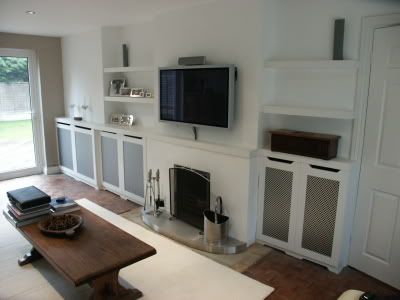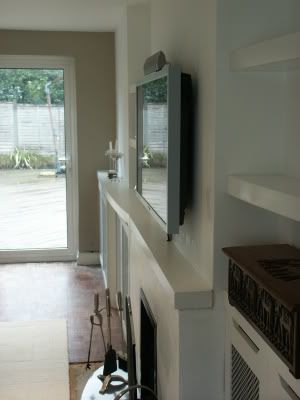engineer one
Established Member
hi there another project for the long list. :lol:
friend wants a couple of floating shelves. ok that bit is easy and so on.
but, as usual the client wants more.
two shelves that go in and out over their 3 foot length, in a kind of "S" curve. that is in the horizontal , and i figure i can use that new german router guide which you can screw on to guide.
but they want the shelves in white, and i wondered whether there is any
mfc thinner that 15 mm available?? also is there any flexible mfc available?
i could make them in ply, and paint, but i'd kind of like to make like easier.
overall they will be 50mm thick, 900 long, and swoop in and out from
150 to 300 and back to 200mm, is the thickness enough??
paul :wink:
friend wants a couple of floating shelves. ok that bit is easy and so on.
but, as usual the client wants more.
two shelves that go in and out over their 3 foot length, in a kind of "S" curve. that is in the horizontal , and i figure i can use that new german router guide which you can screw on to guide.
but they want the shelves in white, and i wondered whether there is any
mfc thinner that 15 mm available?? also is there any flexible mfc available?
i could make them in ply, and paint, but i'd kind of like to make like easier.
overall they will be 50mm thick, 900 long, and swoop in and out from
150 to 300 and back to 200mm, is the thickness enough??
paul :wink:






